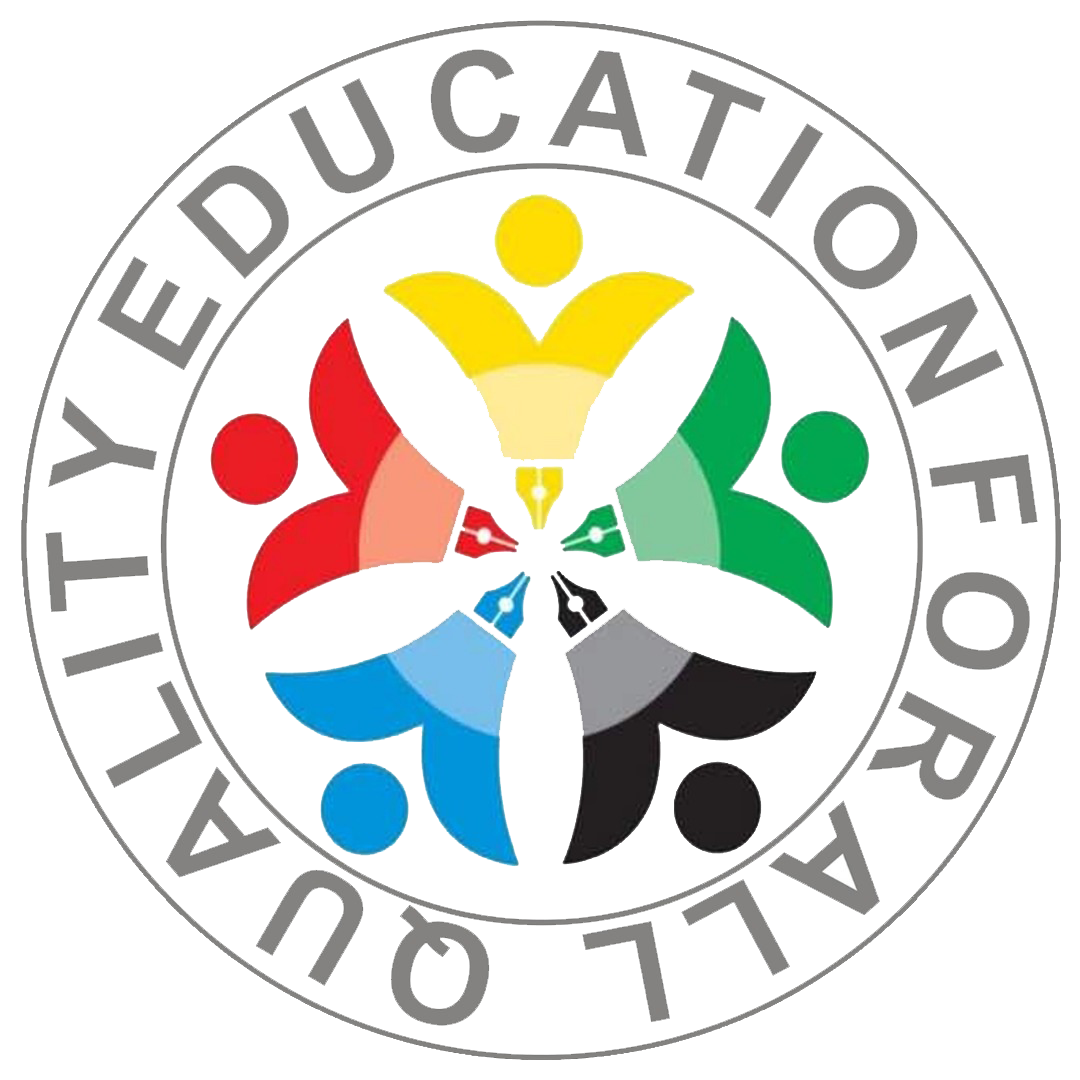The relationship between math and technologies can have a profound impact on the students learning and performance in math class. Technology that is thoughtful can be a way to engage students in their learning process, give them individualized experiences and support for diverse learners.
Software and hardware for maths such as spreadsheets, graphing calculators and dynamic geometry environments allow students to engage with mathematics in a visually appealing, interactive, and engaging manner. They can also do calculations quickly and easily that are difficult or time-consuming if they used traditional pencil and paper methods. The software and hardware can help students develop deeper understanding of concepts by allowing them to visualize the processes involved and also allowing them to experiment with their understanding of mathematical principles by trial and error (Jeng et al. 2010).
Students who utilize ICT for math exhibit an enthusiastic attitude toward the subject, and they have a better understanding of math. This is largely due to the fact that technology encourages students to explore new methods and strategies which they would be less likely to try using traditional tools. In addition to this, the ICT helps students collaborate in ways that aren’t possible in a face-to- encounter setting. This lets them develop an environment of friendship with other students http://ultiaction.com/the-basics-of-mathematics/ eager to learn the same subjects.
It is also evident that technology can be used to teach math when integrated with other subjects such as history or science. When students utilize ICT to help them comprehend complex concepts in other subjects, they often attain a greater understanding of the subject and the ability to apply their knowledge to real world problems.

